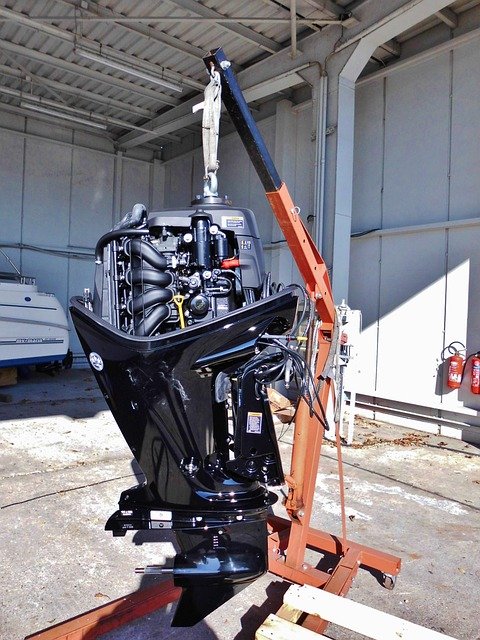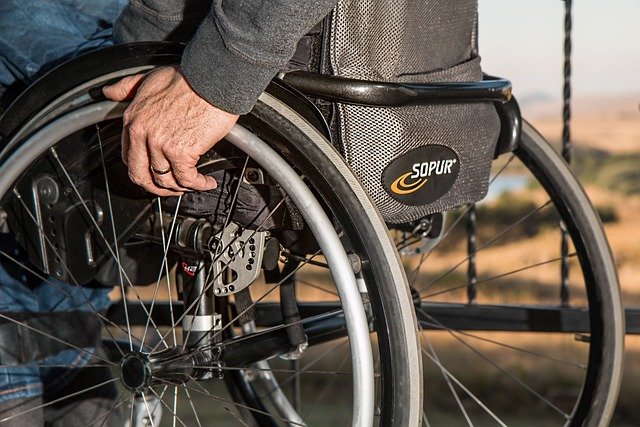Crappie Boats: Choosing and Outfitting the Right Boat for Crappie Fishing
Crappie fishing requires specialized equipment to maximize success on the water. Selecting the appropriate vessel involves evaluating hull design, propulsion systems, onboard features, and electronic equipment tailored to crappie angling techniques. Understanding these elements helps anglers create an efficient fishing platform that enhances their ability to locate and catch crappie in various water conditions. This guide explores essential considerations for choosing and customizing a crappie fishing boat.

Crappie fishing has grown into a specialized pursuit that demands purpose-built equipment. The right boat can significantly improve fishing efficiency, comfort, and catch rates. Whether fishing shallow brush piles, deep structure, or open water, having a properly equipped vessel makes all the difference. This comprehensive guide examines the critical factors in selecting and outfitting a crappie boat.
Choosing the Right Hull: Size, Materials, and Stability
Hull selection forms the foundation of any crappie boat setup. Most crappie anglers prefer boats ranging from 16 to 20 feet in length, offering a balance between maneuverability and fishing space. Aluminum hulls dominate the crappie fishing market due to their lightweight construction, durability, and affordability. Fiberglass options provide smoother rides in rough water but typically cost more and require additional maintenance.
Stability ranks as a paramount consideration when evaluating hull designs. Modified-V hulls offer excellent stability for casting and moving around the deck while maintaining reasonable performance in choppy conditions. Flat-bottom designs excel in shallow water navigation and provide maximum stability when stationary, though they sacrifice comfort in waves. Jon boats represent the most budget-friendly option, offering simplicity and customization potential. Consider the typical water conditions you fish when selecting hull type—calm lakes favor flat designs while larger reservoirs benefit from deeper V-hulls.
Power and Propulsion: Motors, Trolling Motors, and Fuel Considerations
Propulsion systems directly impact fishing effectiveness and operational costs. Main outboard motors for crappie boats typically range from 40 to 115 horsepower, depending on boat size and performance needs. Four-stroke engines offer better fuel efficiency and quieter operation compared to two-stroke alternatives, though they carry higher initial costs.
Trolling motors serve as essential equipment for precise boat positioning and slow-speed maneuvering around structure. Bow-mounted electric trolling motors with 55 to 80 pounds of thrust provide adequate power for most crappie boats. Models with GPS-enabled spot-lock technology maintain position automatically, allowing anglers to focus on fishing rather than boat control. Battery selection affects trolling motor performance—lithium batteries deliver longer run times and faster charging compared to traditional lead-acid options, though at premium prices.
Fuel considerations vary based on fishing frequency and distance traveled. A 20-gallon fuel tank typically provides sufficient range for weekend anglers, while serious tournament competitors may require larger capacity. Calculate expected fuel consumption based on motor size and typical usage patterns to determine appropriate tank size.
Fishing-Focused Features: Livewells, Casting Decks, and Rod Storage
Purpose-built fishing features transform basic boats into effective crappie-catching platforms. Livewells preserve catch quality, particularly important for tournament anglers or those planning to transport fish long distances. Aerated livewells with recirculation pumps maintain water quality and fish health. Capacity requirements depend on fishing goals—recreational anglers manage well with 20-30 gallon systems while tournament participants often install larger 40-50 gallon units.
Casting decks provide stable platforms for fishing multiple techniques. Raised bow decks offer elevated vantage points for sight-fishing and improved casting angles. Non-skid surfaces prevent slips, especially important when decks become wet. Some anglers add carpeting for additional traction and comfort during long fishing sessions.
Rod storage solutions protect expensive equipment and maintain deck organization. Horizontal rod lockers accommodate longer rods without damage, while vertical holders keep frequently used rods accessible. Plan storage for 8-12 rod and reel combinations to cover various crappie fishing techniques including jigging, trolling, and casting.
Electronics and Accessories: Fishfinders, GPS, and Lighting
Modern electronics revolutionize crappie location and presentation. Fishfinders with side-imaging and down-imaging capabilities reveal underwater structure, brush piles, and suspended fish with remarkable clarity. Units with screens ranging from 7 to 12 inches provide adequate detail without overwhelming limited console space. CHIRP sonar technology delivers superior target separation, helping distinguish individual crappie within schools.
GPS chartplotters enable anglers to mark productive locations and navigate efficiently between fishing spots. Mapping software with detailed contour information identifies depth changes, channels, and structure likely to hold crappie. Many modern units combine fishfinding and GPS functions in single displays, reducing equipment clutter.
Lighting extends fishing opportunities into low-light periods when crappie often feed actively. LED navigation lights ensure safe operation and legal compliance. Underwater lights attract baitfish and crappie during night fishing, while deck lighting illuminates rigging areas without disturbing fish. Solar-powered options reduce battery drain during extended trips.
Maintenance, Safety, and Budget: Care, Regulations, and Buying Tips
Proper maintenance preserves boat value and ensures reliable performance. Rinse boats thoroughly after each use, particularly when fishing saltwater or brackish environments. Inspect hull integrity, electrical connections, and propulsion systems regularly. Outboard motors require periodic oil changes, lower unit service, and fuel system maintenance according to manufacturer schedules. Trolling motors need annual inspections of propellers, shafts, and electrical components.
Safety equipment meets legal requirements and protects occupants. Requirements vary by location but typically include life jackets for each passenger, throwable flotation devices, fire extinguishers, sound-producing devices, and visual distress signals. First aid kits, emergency communication devices, and weather monitoring equipment add prudent safety margins. Verify local and federal regulations governing required safety equipment and boat operation before launching.
Budget considerations influence every aspect of boat selection and outfitting. Entry-level aluminum crappie boats start around 8,000 to 12,000 dollars for basic packages, while fully rigged tournament-ready boats easily exceed 40,000 dollars. Used boats offer significant savings but require thorough inspection for hull damage, motor condition, and trailer integrity. Factor ongoing costs including insurance, registration, fuel, maintenance, and storage when evaluating affordability. Prioritize essential features first, adding accessories gradually as budget allows.
Prices, rates, or cost estimates mentioned in this article are based on the latest available information but may change over time. Independent research is advised before making financial decisions.
Selecting and outfitting a crappie boat involves balancing numerous factors including hull design, propulsion systems, fishing features, electronics, and budget constraints. Successful setups prioritize stability, efficient propulsion, adequate storage, and electronics suited to fishing techniques. Regular maintenance and proper safety equipment ensure years of reliable service. By carefully evaluating these elements, anglers create effective fishing platforms tailored to their specific crappie fishing needs and preferences.




